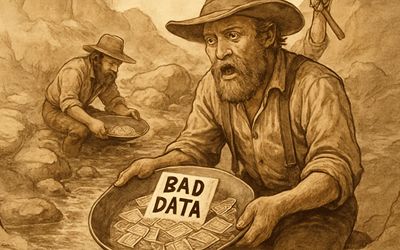DataOps Resources


Keith Belanger-How to Build Trusted Data Products for Enterprise Teams
Keith Belanger discusses how enterprise teams can build trusted data products—balancing speed with control through...

Decoding the DataOps Market: Insights from ISG Research
Watch as ISG highlights the top DataOps platforms and evaluation tips from their DataOps Buyers Guides. Learn how to...

Dynamic Suite Goes GA: Faster Data Engineering for Snowflake customers
Accelerate CI/CD and dbt™ in Snowflake with Dynamic Suite—now GA. Native apps for automation, governance, and testing....

Accelerating your AI ROI: Smart Strategies, Best Practices and Approaches to optimize your AI initiatives and deliver business value faster
Unlock the power of Governance and Generative AI in our upcoming webinar, where industry leaders DataOps.live,...

DataOps.live Named Snowflake Observability Product Partner of the Year
Snowflake recognizes DataOps.live as Partner of the Year for comprehensive observability and end-to-end visibility...

Racing to Data Confidence: Speed Value with Comprehensive Observability
Achieve trusted data pipelines with real-time observability and automated quality checks from DataOps.live and...

Achieving Successful Outcomes: Why AI Must Be Considered an Extension of Data Products
Integrate AI as an extension of data products—leveraging DataOps and GenAI to automate pipelines, democratize insights,...

DataOps.live Rolls Out the Dynamic Suite, a Set of Free Snowflake Native Apps
DataOps.live launches the Dynamic Suite—two free Snowflake-native apps for CI/CD and dbt project automation, now...

DataOps.live Announces the Dynamic Suite™
DataOps.live launches the Dynamic Suite—two free Snowflake‑native apps for CI/CD & dbt automation, now available in...
.png?width=780&height=480&name=Momentum%20Blog%20(1).png)
.png?width=400&height=250&name=PR%20MOMENTUM%20(1).png)

.png?width=400&height=250&name=Chris%20Atkinson%20Principal%2c%20Data%20Cloud%20Architecture%20(2).png)

